Note: This website was automatically translated, so some terms or nuances may not be completely accurate.
Corporate Communications at Zenrin Museum: The Museum That Doesn't Talk About Itself
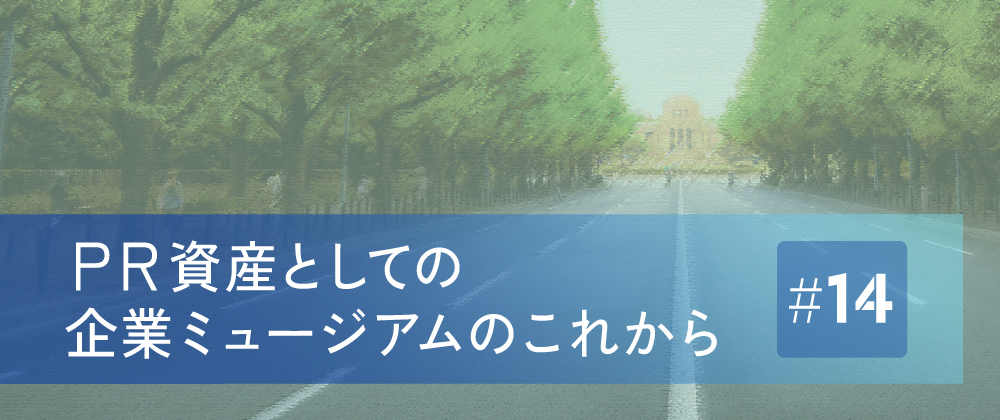
Corporate museums occupy a buffer zone spanning both the academic realm of "museums" and the business realm of "corporations." They are organizations that collaborate extensively with various corporate departments responsible for their operation, such as public relations, branding, advertising, and human resources. In this series, PR professionals will introduce various museums run by corporations, exploring their roles, functions, and potential.
Corporate museums can be classified in various ways. Some exhibit records of the industry or regional development the company is involved in, alongside its own history and products. Others preserve cultural heritage through collections gathered in relation to the company's business. This article introduces the Zenrin Museum, which embodies this cultural preservation mission, and examines how Zenrin builds thought leadership through its museum.
Research and Text: Kanoko Kimura (PR Consulting Dentsu Inc.)
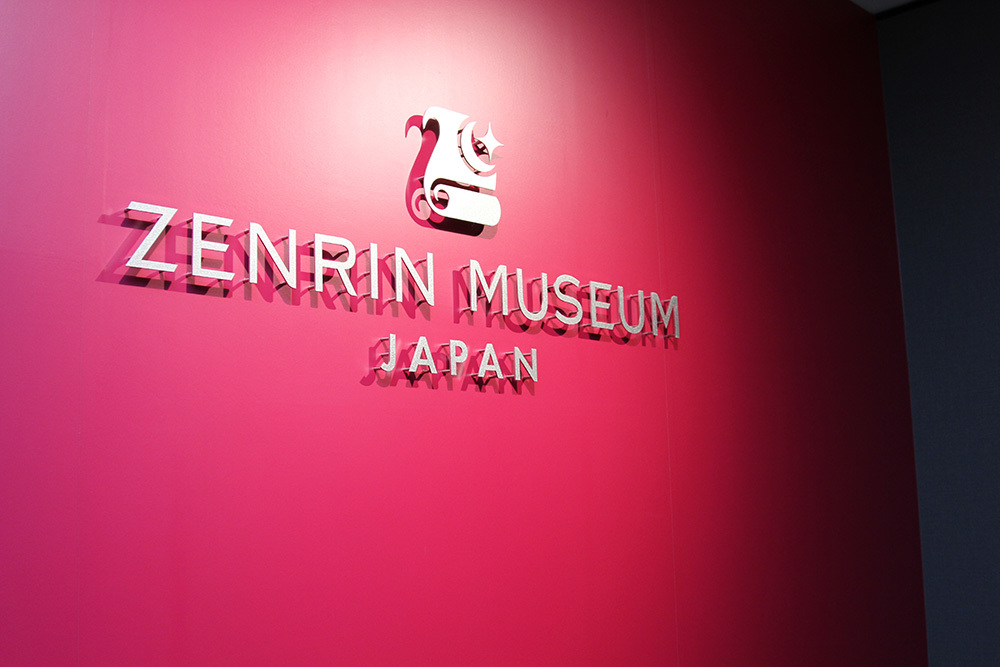
What exactly is the "purpose of maps"? Is it to look up place names and topography? Or to confirm routes to destinations? With the digitization of various services, maps have become inseparable from our daily lives. Precisely because they've become so familiar, their essential appeal has become harder to see. To convey the charm of maps and map culture, there exists a corporate museum where map-loving employees themselves plan, produce, and operate it, deliberately excluding the evolution and introduction of their own services.
This article introduces the Zenrin Museum, Japan's only corporate museum dedicated solely to "maps." It is operated by Zenrin, Japan's largest provider of various services based on map information. The museum is located in Kokura, Kitakyushu City, where Inō Tadataka is said to have taken his first steps in surveying Kyushu. Originally, the company's "Zenrin Map Archives" publicly displayed valuable map-related materials, its own initiatives, and products. Marking its 70th anniversary, the company completely revamped this space. In June 2020, the "Zenrin Museum" was established on the site of the archives, with the purpose of inheriting and promoting map culture.
What is Zenrin?
As mentioned earlier, Zenrin is Japan's largest company in this industry. Its origins lie in small tourist guidebook publications. Founded in 1948, shortly after the war, as the "Tourism Culture Promotion Company," founder Masatomi Osako (hereafter referred to without honorifics) published the tourist guide "Annual Beppu" the following year in Beppu City, Oita Prefecture, which had escaped wartime damage and was bustling with tourists.
While the booklet featured engaging articles introducing attractions and diverse columns, tourists particularly valued the city map included as a supplement. This led Osako to conclude that "maps are the most important source of information." Inspired by old Edo-period maps that even included house names, he aimed to create residential maps covering all of Japan.
Renamed Zenrin Publishing in 1950, the company released its first residential map, the "Beppu City Residential Guide Map," in 1952. Used for deliveries and by government offices, it began its journey. Starting from the Kitakyushu region, the company completed the compilation of residential map data for all of Japan by 2017. This marked the beginning of its role as infrastructure supporting Japanese society.
From around 1984, it pioneered digitalization, developing the world's first GPS car navigation software in 1990. Today, it advances the operation of its "Spatio-Temporal Information System," which systematically manages diverse societal information across spatial and temporal dimensions.
The Choice to Remove Corporate Elements from the Corporate Museum
From 2003 to 2019, Zenrin operated a museum called the "Map Museum," aiming to introduce the enjoyment of maps to a wide age range and foster familiarity. Beyond showcasing its map collection, the museum also displayed the company's products and introduced its initiatives.
However, the revamped "Zenrin Museum" contains almost no displays of the company's history, products, production processes, or latest services. Why strip corporate elements from the museum to such an extreme? Behind this lies a strong sense of mission: as a map company, to convey the appeal of maps to people and connect map culture to the future.
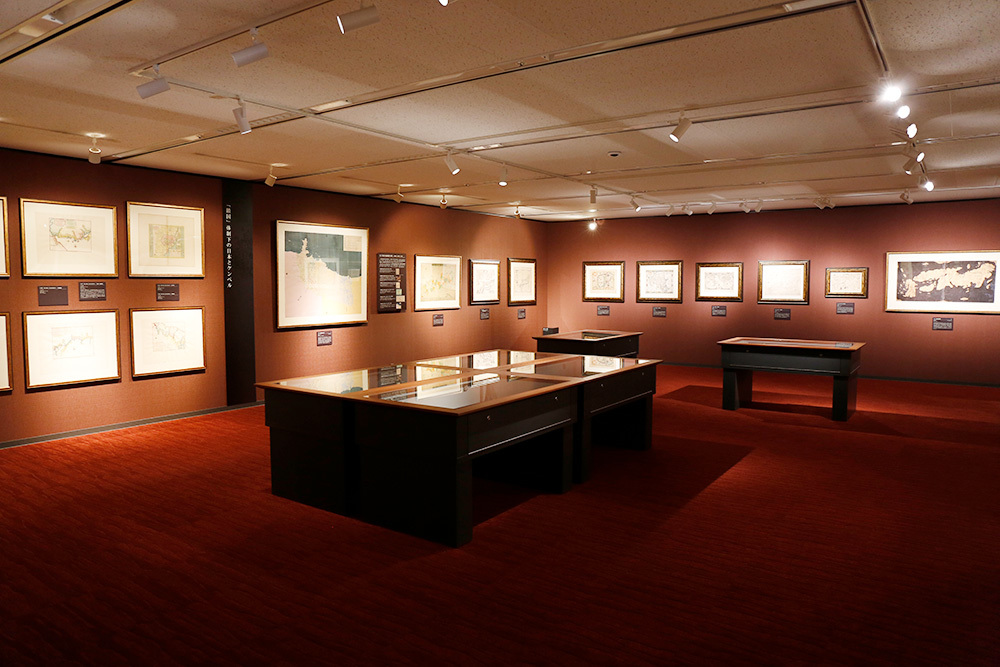
Beyond the enjoyment of seeing and learning about place names and topography on a map, there is another way to appreciate maps: by learning about history through the reasons and methods behind their creation, revealing the lifestyles, worldviews, and various social movements of their time. This makes perfect sense, as maps have supported people's lives as communication tools since around 700 BC.
To convey this essential appeal of maps, the museum felt it was necessary for visitors to engage deeply with maps that reflect history. Consequently, introducing the company's own initiatives—which represent only a small part of map history—was deemed unnecessary. Thus, under the concept of "a museum of maps that reflect history," the Zenrin Museum now exclusively showcases domestic and international maps spanning from ancient times to the present.
Magnifying Glass Required: Reading History Through Maps
The Zenrin Museum consists of a permanent exhibition featuring approximately 120 items across three chapters, along with special exhibitions whose themes change periodically. The three chapters of the permanent exhibition center on how the nation of "Japan" interacted with the world and how it was perceived. Chapter 1 and Chapter 2 display the progression from the early 16th century, when an imagined Japan first appeared on maps, to the emergence of the Inō Surveys, which gradually led to Japan being depicted accurately in maps across various countries.
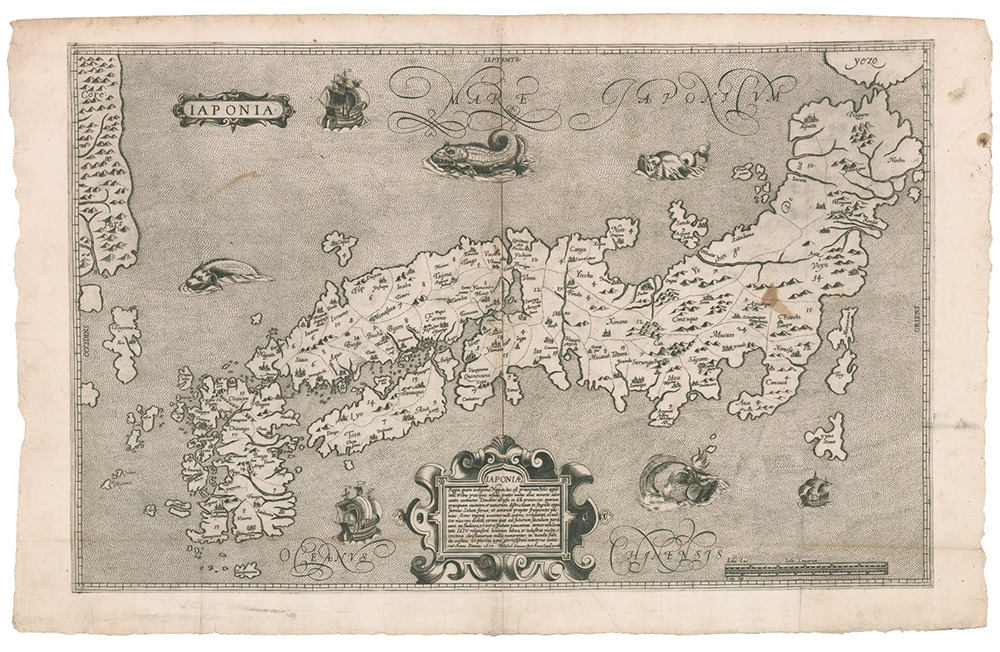
Chapter 3 introduces the diversification of map representation and usage methods up to the present day. While the number of exhibits—about 120—may sound manageable, each individual map reveals not only the historical context of its creation but also the actions and personalities of its makers, making the content quite substantial. Furthermore, information to be gleaned is packed into quite minute details, such as place names, topography, and even the illustrations depicted on the maps.
Therefore, visitors aren't just passively viewing maps; they can examine them closely. The maps are framed for up-close viewing, and magnifying glasses are available for free loan. Furthermore, the museum maintains a quiet, serene atmosphere, providing an ideal environment for thorough map observation. Due to the sheer abundance of exhibits and the excellent environment, it's not uncommon for visitors to find one day insufficient or to return over several days.
The Role of the "Z Curators" Supporting the Museum
The Zenrin Museum's most distinctive feature is its five dedicated curators, known as the "Z Curators." All Z Curators hold curator qualifications and are responsible for the museum's overall operations, including exhibition planning and production, guided tours, speaking at events, and public relations.
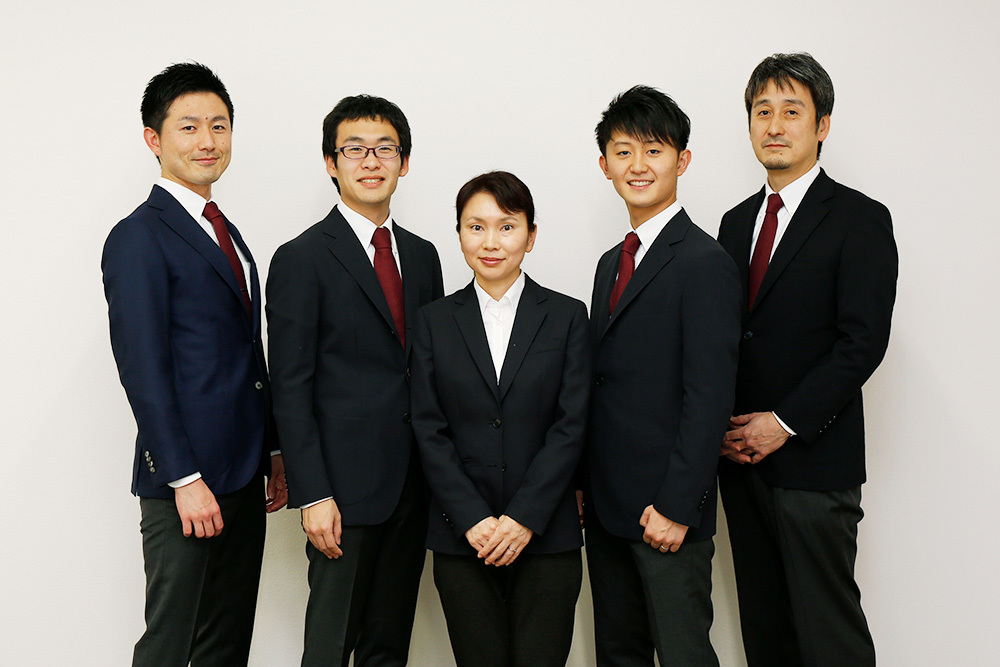
The Z Curators were selected through an internal company recruitment process coinciding with the museum's founding. They come from departments unrelated to public relations or museums, drawn by reasons such as a love of maps or enjoying interacting with people. Director Wataru Sato (far right in photo), who served as our guide at the Zenrin Museum and granted this interview, is one such curator. He has loved maps since childhood. During his student years, he aimed to work in a museum and obtained his curator qualification. Driven by a strong desire to work with maps, he joined Zenrin. After joining, he worked in sales but learned of the Z Curator recruitment, volunteered, and now serves as the Zenrin Museum Director.
The Z Curators handled everything themselves for the museum's establishment, from planning the current permanent exhibition content to creating all 89 map captions, without outsourcing. Consequently, their map explanations are not only detailed but also deeply personal, making them truly engaging to listen to. Unlike pre-recorded audio guides, they can communicate directly with visitors. They tailor their explanations to each visitor's interests, level of understanding, and engagement, clearly reflecting the Z Curators' strong desire to share the appeal of maps.
To Reach Deeper and Wider
The Zenrin Museum, operated with a strong commitment to its concept, attracts map enthusiasts from across Japan as well as many local visitors. The company also invites its new employees and business partners to the museum, aiming to make them aware not only of the company's latest technologies but also of the inherent charm of maps themselves. Furthermore, the museum leverages its collection of approximately 14,000 antique maps to support research by historians and cultural scholars. Collaborating with the Japanese Cartographic Association, it hosts virtual tours, lectures, and regional conferences. This clearly demonstrates the museum's contribution to its core purpose: preserving and promoting map culture, even in academic spheres.
Zenrin's passion for maps extends beyond its permanent exhibition. Special exhibitions showcase maps specialized in various genres—such as historical periods, regions, transportation, and tourism—revealing deeper aspects of maps' appeal that the permanent exhibition cannot fully convey. These special exhibitions are also planned and produced by Z Curators, reflecting visitor requests. At the time of our visit (July 2022), a special exhibition on transportation maps, including railways, was being held, attracting many railway enthusiasts.
Outside the Museum
Zenrin Museum also hosts special events and projects in collaboration with the local community. Adjacent to the museum stands Kokura Castle, and depending on the period, they offer the "Night Museum × Night Castle Special Tour." This event includes a guided tour by Zenrin Museum's Z-Curator, access to the museum's café, the bar in Kokura Castle's main tower, and the opportunity to enjoy night views from both Zenrin Museum and Kokura Castle.
Additionally, in collaboration with JR Kyushu Station Hotel Kokura, a special "Map Stroll Room" is available (March 1, 2022 - February 28, 2023). This room is entirely dedicated to maps, surrounded by various maps and map-themed goods. Guests can enjoy comparing the view from the window with the maps displayed in the room. These initiatives represent Zenrin's unique contribution to the community, leveraging its expertise in maps and topography, which originated from its tourism guide services.
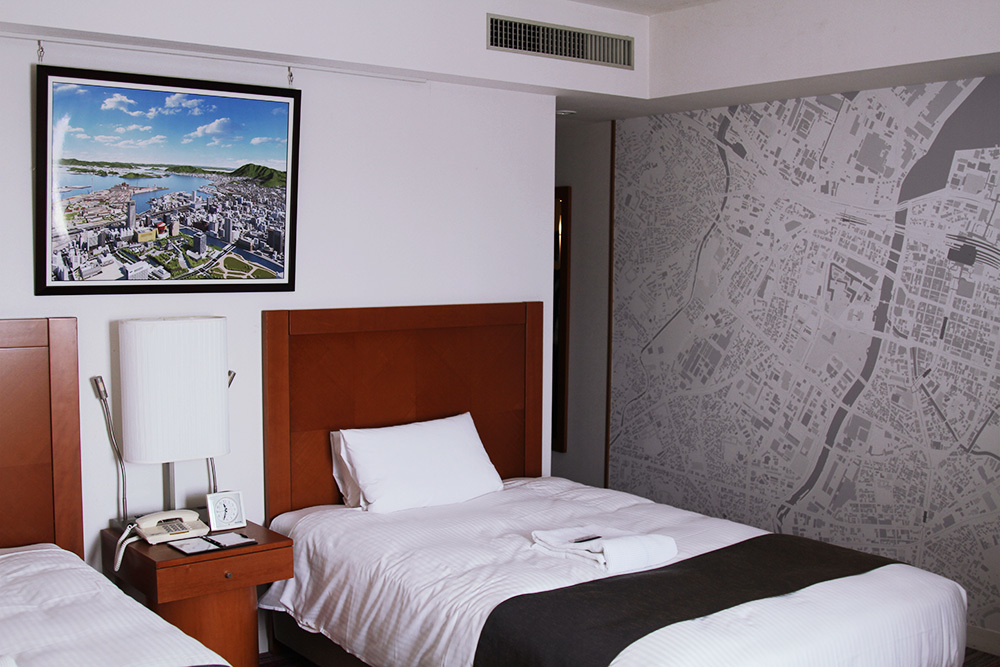
Corporate Communications That Don't Speak for Themselves
Among the various types of corporate museums, some display records of the development of the industries and regions the company is involved in, alongside their own history and products. Others focus on cultural preservation through collections gathered by the company in relation to its business. These collections are not unrelated art pieces, but rather collections directly connected to the company's business.
The latter approach is not necessarily directly tied to the company's core business. Its core philosophy is that preserving this culture as something of value indirectly contributes to the company's development. The Zenrin Museum is precisely such a corporate museum focused on cultural preservation.
Maps, used as communication tools since before the Common Era. Zenrin carries this legacy of maps into the modern era, transforming them into forms suited to our times. The Zenrin Museum, which unravels the long history and culture of maps before our eyes today, allows us to sense Zenrin's passion and dedication to maps. While it is a humanities-oriented corporate museum that does not explicitly promote itself, it serves as a communication tool for Zenrin, a thought leader in the map industry, fostering trust from society.
Established during the COVID-19 pandemic and forced to operate under restrictions, the Zenrin Museum nonetheless radiates the passion of its director, Wataru Sato, who shared his enthusiasm for further upgrading the museum based on diverse visitor feedback. He also mentioned numerous project ideas the Z-Curators wish to materialize. We look forward to the multifaceted development of the Zenrin Museum.
[Editor's Note] (From the Web Dentsu Inc. Editorial Department)
The appeal of maps, above all, boils down to the desire to "see this world from a bird's-eye view." It's what we call a "bird's-eye view." Humans cannot fly. What would this world look like from a bird's perspective? How do these roads connect? Where does this river flow from? Where does the sea beyond lead? It's an immense romance.
Such longing gave birth to the compass. We've even gone to the moon. It all stems from the desire to see this world from above. I believe that's the fundamental work of a company like Zenrin.
These days, with a few taps on your smartphone, you can easily get information like, "Oh, okay, just turn down this alleyway." It's a convenient era, but it lacks the thrill of holding a "map to Treasure Island." I think the keyword is "adventure." When you hold a map meticulously drawn down to the finest detail, you feel an indescribable excitement. It includes respect for pioneers like Inō Tadataka.
Was this article helpful?
Newsletter registration is here
We select and publish important news every day
For inquiries about this article
Back Numbers
Author

Kimura Kanoko
PR Consulting Dentsu Inc.
Kansai Branch Office
Majored in sociology at university, focusing primarily on media studies. After joining PR Consulting Dentsu Inc., worked in the Information Distribution Design Division handling promotions for lifestyle and entertainment media. Also involved in social media initiatives utilizing influencers. Currently based at the Kansai branch, responsible for strategic PR for the food and beverage, leisure, and industrial machinery sectors.



